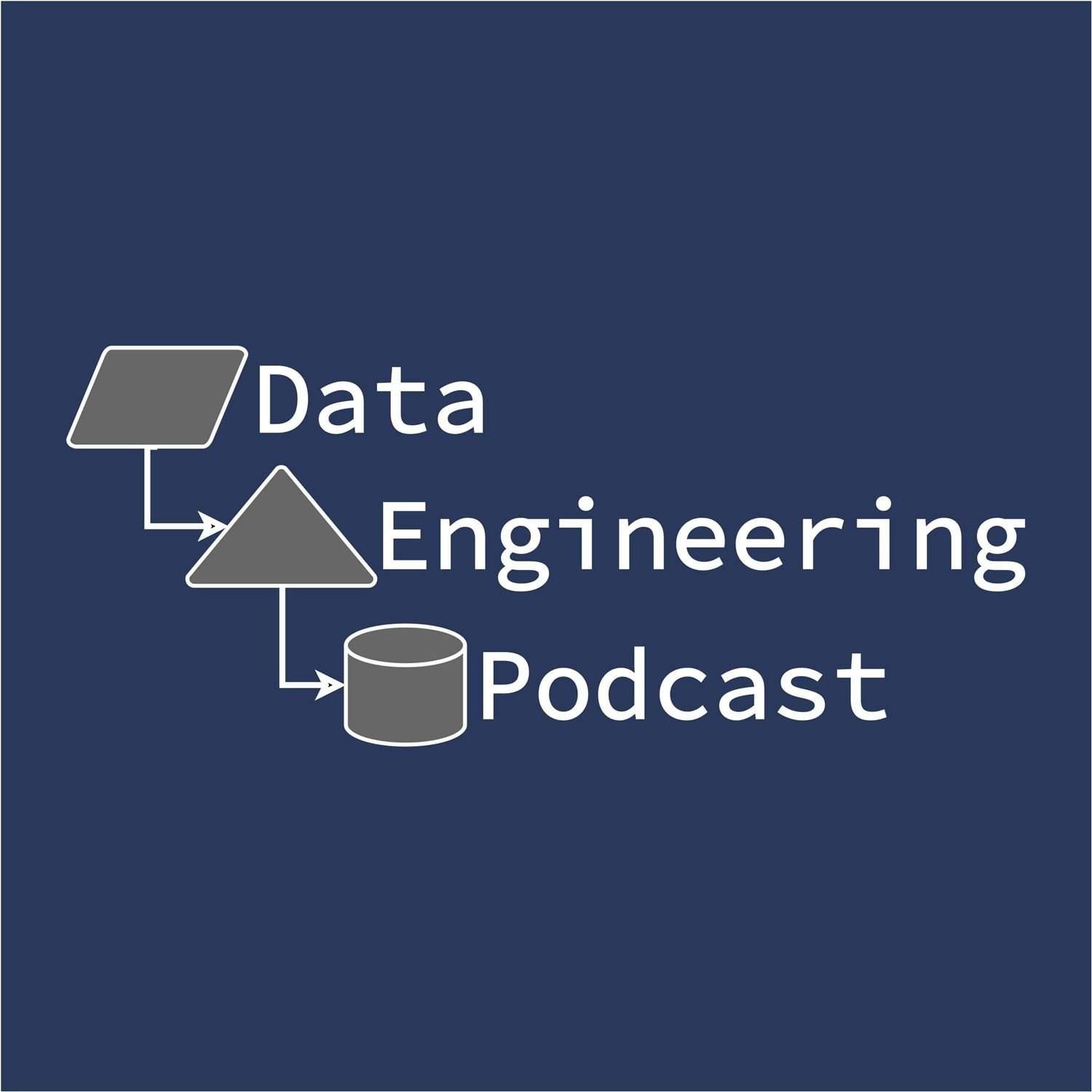
Shownotes Transcript
SummaryPostgres is one of the most widely respected and liked database engines ever. To make it even easier to use for developers to use, Nikita Shamgunov decided to makee it serverless, so that it can scale from zero to infinity. In this episode he explains the engineering involved to make that possible, as well as the numerous details that he and his team are packing into the Neon service to make it even more attractive for anyone who wants to build on top of Postgres.Announcements
- Hello and welcome to the Data Engineering Podcast, the show about modern data management
- Data lakes are notoriously complex. For data engineers who battle to build and scale high quality data workflows on the data lake, Starburst is an end-to-end data lakehouse platform built on Trino, the query engine Apache Iceberg was designed for, with complete support for all table formats including Apache Iceberg, Hive, and Delta Lake. Trusted by teams of all sizes, including Comcast and Doordash. Want to see Starburst in action? Go to dataengineeringpodcast.com/starburst) and get $500 in credits to try Starburst Galaxy today, the easiest and fastest way to get started using Trino.
- Your host is Tobias Macey and today I'm interviewing Nikita Shamgunov about his work on making Postgres a serverless database at Neon.
Interview
Introduction
How did you get involved in the area of data management?
Can you describe what Neon is and the story behind it?
The ecosystem around Postgres is large and varied. What are the pain points that you are trying to address with Neon?
What does it mean for a database to be serverless?
What kinds of products and services are unlocked by making Postgres a serverless database?
How does your vision for Neon compare/contrast with what you know of PlanetScale?
Postgres is known for having a large ecosystem of plugins that add a lot of interesting and useful features, but the storage layer has not been as easily extensible historically. How have architectural changes in recent Postgres releases enabled your work on Neon?
What are the core pieces of engineering that you have had to complete to make Neon possible?
How have the design and goals of the project evolved since you first started working on it?
The separation of storage and compute is one of the most fundamental promises of the cloud. What new capabilities does that enable in Postgres?
How does the branching functionality change the ways that development teams are able to deliver and debug features?
Because the storage is now a networked system, what new performance/latency challenges does that introduce? How have you addressed them in Neon?
Anyone who has ever operated a Postgres instance has had to tackle the upgrade process. How does Neon address that process for end users?
The rampant growth of AI has touched almost every aspect of computing, and Postgres is no exception. How does the introduction of pgvector and semantic/similarity search functionality impact the adoption and usage patterns of Postgres/Neon?
What new challenges does that introduce for you as an operator and business owner?
What are the lessons that you learned from MemSQL/SingleStore that have been most helpful in your work at Neon?
What are the most interesting, innovative, or unexpected ways that you have seen Neon used?
What are the most interesting, unexpected, or challenging lessons that you have learned while working on Neon?
When is Neon the wrong choice? Postgres?
What do you have planned for the future of Neon?
Contact Info
- @nikitabase) on Twitter
- LinkedIn)
Parting Question
- From your perspective, what is the biggest gap in the tooling or technology for data management today?
Closing Announcements
- Thank you for listening! Don't forget to check out our other shows. Podcast.init) covers the Python language, its community, and the innovative ways it is being used. The Machine Learning Podcast) helps you go from idea to production with machine learning.
- Visit the site) to subscribe to the show, sign up for the mailing list, and read the show notes.
- If you've learned something or tried out a project from the show then tell us about it! Email [email protected] with your story.
Links
The intro and outro music is from The Hug) by The Freak Fandango Orchestra) / CC BY-SA)